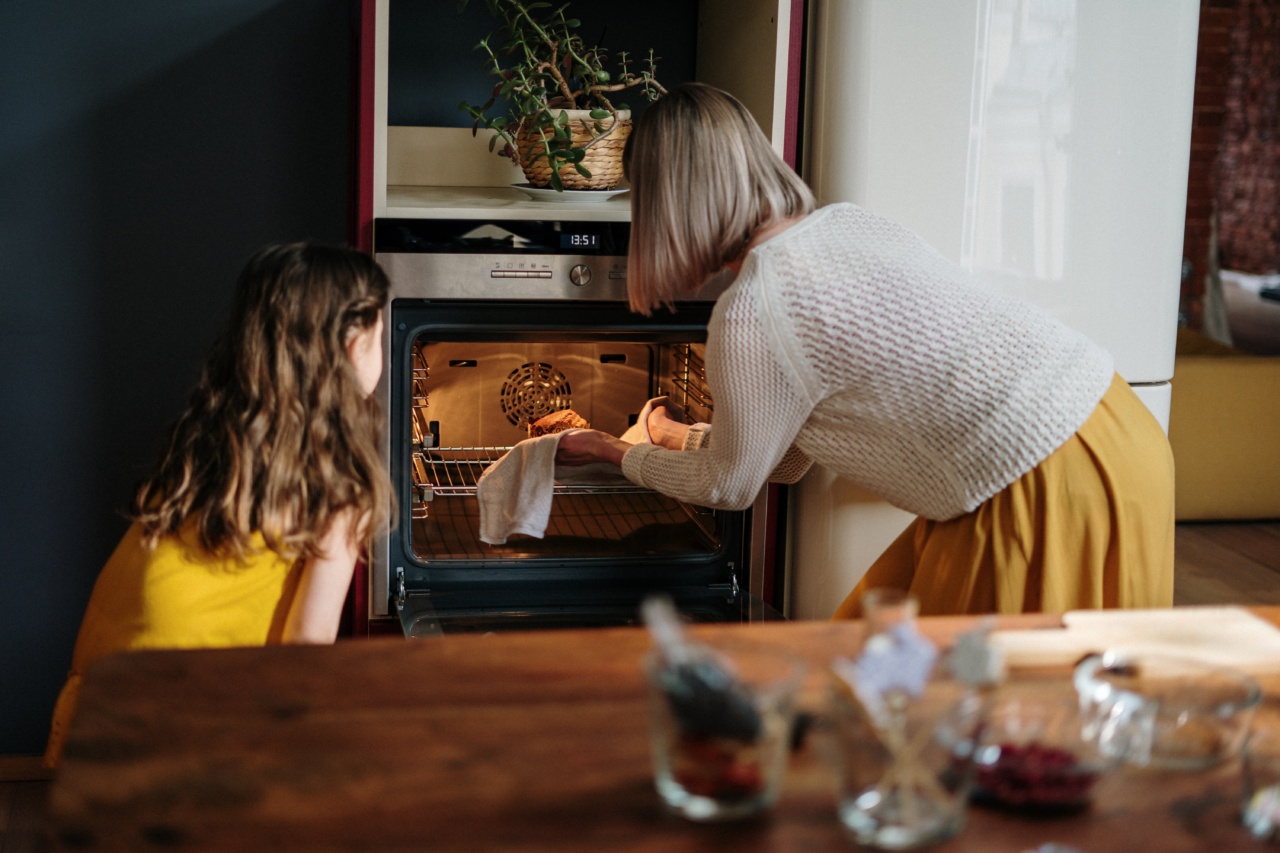Food storage is an essential aspect of maintaining its freshness, preventing spoilage, and reducing the risk of foodborne illnesses.
One common practice to ensure food safety is refrigeration, as it helps in maintaining the optimal temperature to slow down bacterial growth. However, the question arises whether all foods should be kept in the refrigerator or if certain items are better stored in alternative ways.
This article explores the benefits and drawbacks of refrigerating various food types, considering factors such as food quality, shelf life, and taste.
The Purpose of Refrigeration
Refrigeration is a widely used method of food preservation that involves cooling perishable items to low temperatures, usually between 0 to 5 degrees Celsius (32 to 41 degrees Fahrenheit).
The primary objective of refrigeration is to slow down the growth and reproduction of bacteria, which are responsible for food spoilage and can be harmful if consumed in large quantities.
Foods That Should Be Refrigerated
1. Dairy Products:.
Dairy products such as milk, yogurt, cheese, and butter should be stored in the refrigerator. These items are highly perishable and prone to bacterial contamination. Refrigeration helps to maintain their freshness, texture, and taste.
2. Raw Meat and Poultry:.
Raw meat and poultry are rich in proteins, which bacteria thrive upon. Storing these items in the refrigerator reduces the risk of bacterial growth and extends their shelf life.
It is crucial to keep raw meat and poultry in sealed packaging or containers to prevent cross-contamination.
3. Seafood:.
Similar to raw meat, seafood is prone to bacterial growth and deterioration. Refrigeration keeps fish, shellfish, and other types of seafood fresh and safe for consumption.
To maintain optimal quality, seafood should be refrigerated promptly after purchase.
4. Fruits and Vegetables:.
While not all fruits and vegetables require refrigeration, certain types benefit from it. Fruits like berries, grapes, and melons tend to last longer when refrigerated.
Likewise, leafy greens, broccoli, and carrots retain their freshness and crispness when stored in the refrigerator.
5. Leftovers and Cooked Foods:.
Any cooked foods or leftovers that are not consumed immediately should be refrigerated within two hours of preparation. This prevents the growth of bacteria and helps to preserve the taste and quality of the food.
Foods That Should Not Be Refrigerated
1. Potatoes:.
Raw potatoes should not be stored in the refrigerator as the low temperature alters their starch content and texture. Instead, they should be kept in a cool, dark place such as a pantry or cellar.
2. Onions and Garlic:.
Onions and garlic should be stored in a cool, dry area away from direct sunlight. Refrigeration can cause these items to become soft and develop an undesirable texture.
3. Bananas:.
Refrigerating bananas can disrupt their natural ripening process and cause their skin to turn black.
It is best to store bananas at room temperature until they ripen and then consume them promptly or transfer them to the refrigerator to prolong their shelf life.
4. Bread and Baked Goods:.
Storing bread and baked goods in the refrigerator can cause them to dry out faster. Instead, these items should be stored at room temperature in airtight containers or bread boxes.
5. Honey:.
Honey has a long shelf life and does not require refrigeration. In fact, refrigerating honey can cause it to crystallize and become thick, making it difficult to use.
The Importance of Proper Storage
Proper storage of food items, whether in the refrigerator or other suitable conditions, is crucial to maintaining their quality and safety.
Failure to store foods appropriately can lead to premature spoilage, loss of nutritional value, and the risk of foodborne illnesses.
Furthermore, it is essential to regularly check the temperature of the refrigerator to ensure it is functioning at the appropriate level.
A refrigerator thermometer can help determine if the temperature is correctly set between 0 to 5 degrees Celsius (32 to 41 degrees Fahrenheit).
Conclusion
In conclusion, while refrigeration is an effective method for preserving the freshness and safety of many food items, not all foods need to be stored in the refrigerator.
Items such as dairy products, raw meat and poultry, seafood, some fruits and vegetables, as well as leftovers and cooked foods, benefit from lower temperatures to prolong their shelf life and maintain quality. On the other hand, foods like potatoes, onions, garlic, bananas, bread, baked goods, and honey are better stored in alternative conditions to preserve their taste, texture, and overall quality.
Effective food storage practices, regardless of the chosen method, play a vital role in preventing waste, maintaining food safety, and maximizing the enjoyment of our meals.





























